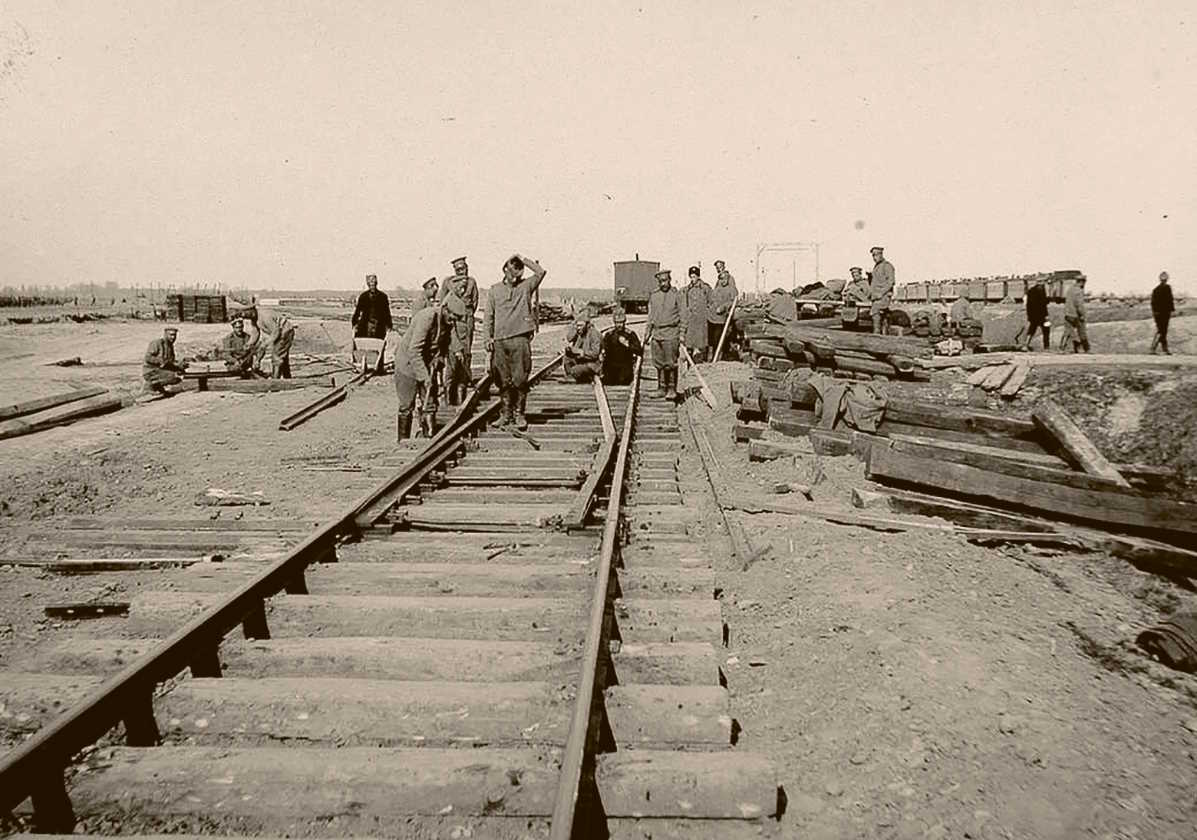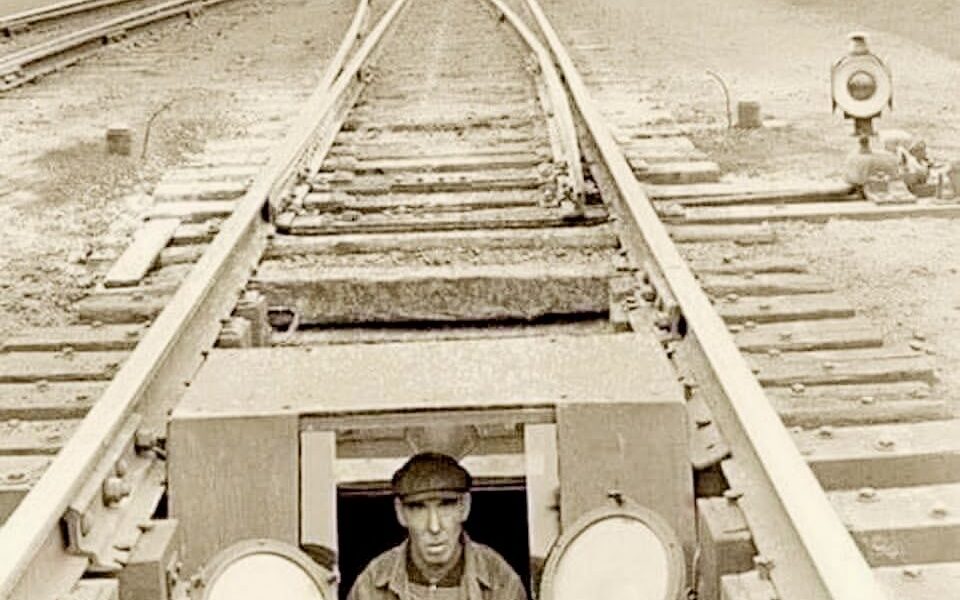Railway ‘HOT BOX’ Inspector……. New York City, 1935. Passenger trains, as well as freight trains entering the station complex, had to slow down enough to be able to change direction. They had been operating at a much higher speed before reaching the place shown in the picture, meaning that the wheel bearings had been operating at higher speeds, creating more friction. A bearing without enough lubrication would be smoky if it didn’t catch fire, and it was the inspector’s job to detect the smoke/fire from a “hot box” and report it so the train could stop and fix the problem.
Railway ‘Hot Box’ Inspector – New York City, 1935
In the heart of New York City’s railway system in 1935, a crucial yet often overlooked figure stood watch: the hot box inspector. His job was simple in theory but vital in practice—spotting overheated wheel bearings before they turned into a disaster.

The Danger of the ‘Hot Box’
Trains entering the station complex had to slow down to change direction, but before reaching this point, they had been traveling at much higher speeds. This meant that the wheel bearings had been spinning rapidly, creating intense friction and heat. If a bearing lacked proper lubrication, it could become dangerously overheated, emitting smoke—or even catching fire.
This condition was known as a “hot box”, a dreaded problem in an era when roller bearings had not yet replaced traditional friction bearings on many railcars. If left unnoticed, a hot box could lead to axle failure, causing a derailment or severe damage to the train.

A Job of Vigilance and Precision
The hot box inspector had no fancy tools—just his eyes, nose, and experience. He would stand along the tracks, carefully scanning each passing train for signs of smoke, sparks, or unusual odors
Despite the repetitive and intense nature of the job, it required sharp attention, quick reflexes, and a deep understanding of locomotive mechanics. Working in all weather conditions, inspectors stood in rain, snow, or summer heat, ensuring the safety of passengers and freight alike.
The Evolution of Railway Safety
By the mid-20th century, advancements in sealed and roller bearings reduced the occurrence of hot boxes, eventually making the job of the hot box inspector obsolete. However, in 1935, these inspectors were still the front line of railway safety, preventing countless potential accidents on America’s busiest railroads.
Their work may have been invisible to most passengers, but without them, the grand machinery of New York’s rail system could not have operated as safely or efficiently as it did.


